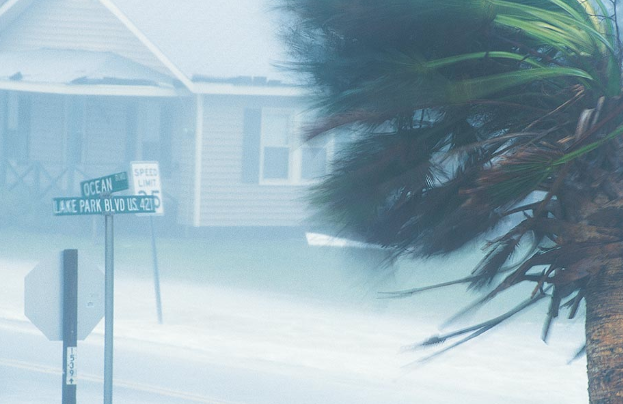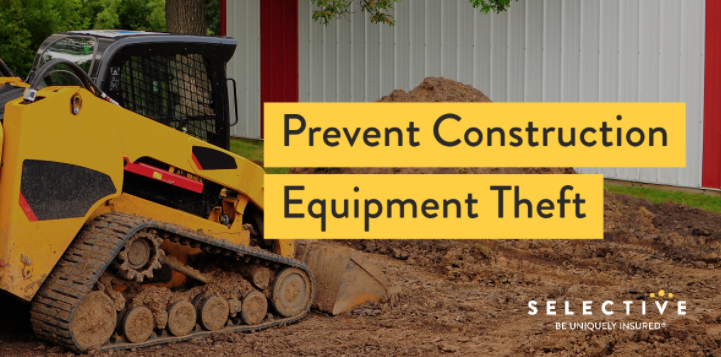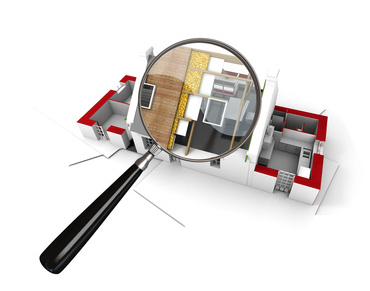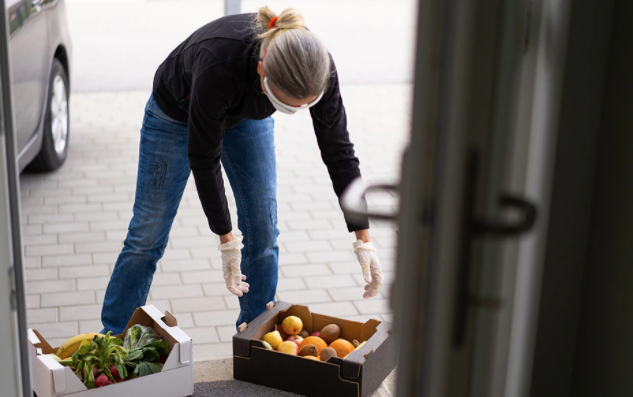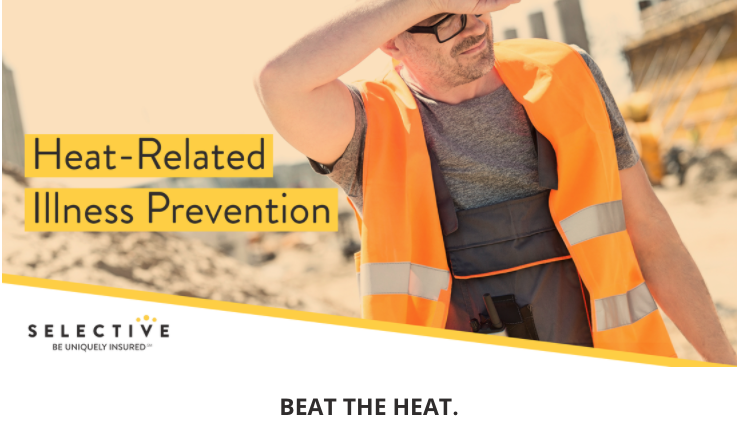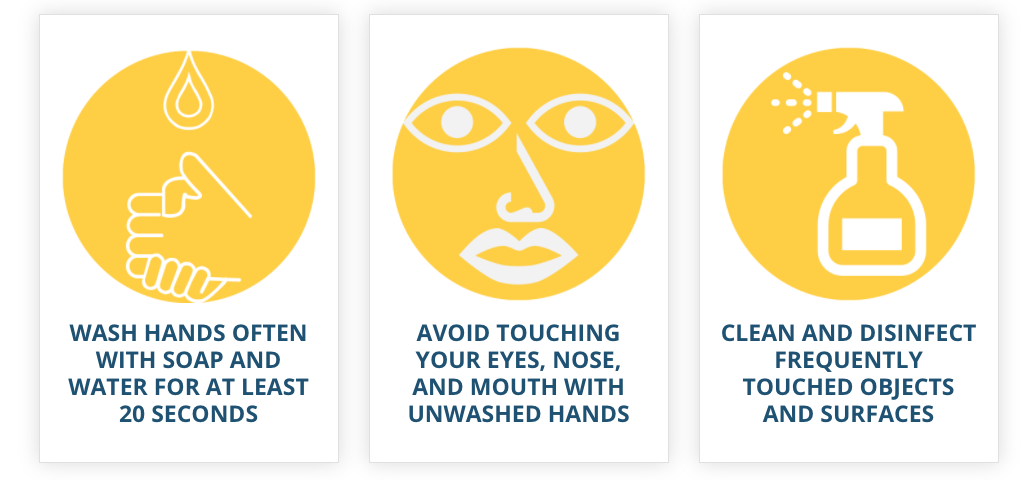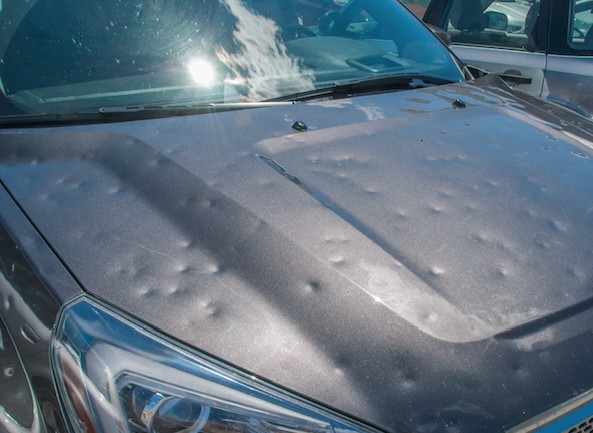Hurricane Survival Guide: What to Do During and After the Storm

Hurricanes are some of the most devastating, and costly, natural disasters known to man. Preparing your home and family before a hurricane occurs, and knowing how to react after a storm has passed, are fundamental to helping you to protect your property and keep you and your loved ones safe and secure.
What to Do During a Hurricane?
First, evacuate if you are directed to do so or if you feel it might be unsafe to remain in your home. If you remain in your home, follow these tips to help you and your family stay safe during the storm:
- Use a portable radio to listen to important storm updates, information and instructions.
- Stay inside and keep away from all windows, skylights and glass doors. Go to a safe area, such as an interior room, closet or downstairs bathroom.
- Never go outside the protection of your home or shelter before there is confirmation that the storm has passed the area. The eye of the storm could create a temporary and deceptive lull, with high winds still approaching.
- If power is lost, keep the refrigerator closed to keep cold air trapped and delay spoilage of perishable food.
- If you use a portable generator, follow all the manufacturer’s instructions. Generators should be properly grounded to prevent electrical shock and should never be operated indoors, in garages, basements or outdoors near any windows, doors or vents. Because generators produce carbon monoxide (CO), make sure you have a working CO detector in your home. Read More
Hurricane Facts and Myths
The Biggest Myth is that “It Will Not Happen Here”
When preparing for a hurricane, it is easy to find yourself turning to popular myths to protect your loved ones and your property. For example, you may have heard that taping a big “X” on your windows will prevent them from breaking and keep you safe in a hurricane. Actually, that “X” will do little to protect your windows from being shattered by the wind or flying debris. Instead, you should install permanent storm shutters or board up your windows with marine plywood that has been cut to fit them.1
The “X” tape myth is just one of the many misconceptions about adequate hurricane preparation. Take a look at a few other popular hurricane myths:
Myth #1 – You Only Need to Protect the Windows Facing the Water
Hurricane-force winds can turn landscaping materials and other outdoor items into projectiles that can break windows on any side of your home.2 All windows and glass doors should be secured to guard against high winds and flying objects.
Myth #2 – If You Lean against a Window or Door, You Can Keep it from Blowing Inward
You are putting yourself in danger if you remain in front of windows and doors. Instead, you should:
- Stay away from windows and glass doors.
- Close all interior doors and brace external doors before the storm.
- Take refuge in a small interior room, closet or hallway on the lowest level. Read More
Hurricane Preparedness for Businesses

If your business is in the projected path of a hurricane, you need to act quickly to protect your employees and your property. There are several key steps you can take now that will go a long way towards keeping your employees safe while minimizing damage to your business.
Use the following checklist to help you to prepare your business for a hurricane:
- Pay close attention to forecasts in order to know when to take action.
- Confirm that your employee contact lists are up to date.
- Secure all doors and board up windows to protect against flying debris.
- Clean out floor drains and catch basins and check sump pumps.
- Anchor and fill above-ground tanks with water or product to keep them in place during the storm.
- Fill the fuel tanks on your emergency generator and fire pumps. Fill your vehicles’ fuel tanks, as well.
- Check to see that your fire protection equipment is working.
- Make sure your important records are protected — or duplicate them and move them offsite to a safe area.
- Shut off process piping carrying gas or flammable liquids in case a pipe breaks in the storm.
- Shut down production processes safely and turn off the electricity for non-critical equipment.
- Evacuate your employees.
Do not forget to tie down sheds, small outbuildings or similar structures that may not be designed for high winds. Move any items inside that could blow away in a powerful windstorm. Items including yard storage, benches, chairs, plant urns, signs or potted flowers could become flying debris and cause substantial damage during a storm. Read More
4 Tips to Help You Stay Safe During a Natural Disaster
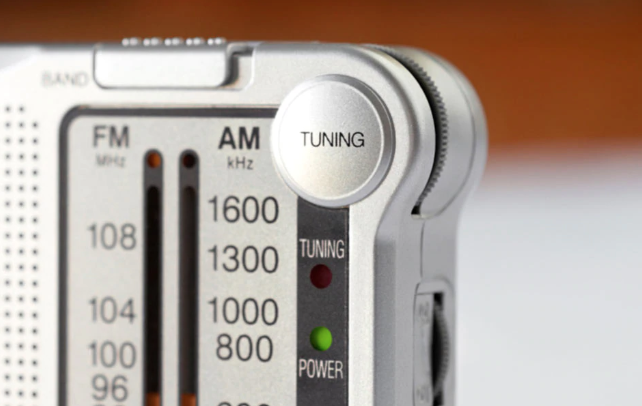
No one expects to be caught in a potentially dangerous and extreme situation such as a natural disaster. If the unthinkable does occur, having a plan and knowing what to do could make all the difference for you and your loved ones. These four tips can help you stay safe during a disaster.
- If you have not been ordered to evacuate, stay in a safe area or shelter during a natural disaster. In your home, a safe area may be a ground floor interior room, closet or bathroom. Be sure you have access to your survival kit in case you are in an emergency event that lasts several days.
- Listen to your portable radio for important updates and instructions from local authorities. Remember to have a battery-powered radio in your survival kit. Some radios are now equipped with multiple power sources, such as batteries, solar panels and a hand crank. Read More
8 Disaster Preparedness Tips
In the event of a natural disaster, having a preparedness plan can be a critical element in helping secure a safe transition out of danger for you, your loved ones and your property. Preparation is key, but it is also important to stay calm and focused during an emergency. If you are ordered to evacuate, do so. If you are not evacuating, use your time wisely to make preparations.
- Communicate where you will be. Contact someone outside the affected area to tell them where you will be for the duration of the event. Business owners should remind employees of their roles in helping to get the business back up and running, and how they will be notified when the facility is open again.
- Know the warning signs and alert signals for your area. Stay tuned to your local television or radio station or community alert system for emergency information.
- Check your emergency survival kit. Make sure your emergency survival kit is stocked with essential items and kept in an easily accessible location.
- Collect emergency building materials. Depending on the type of disaster, you may want to have emergency materials on hand, such as plywood, sandbags and waterproof tarps.
- Fuel up your vehicles and equipment. If you have an emergency generator, make sure you have fresh fuel on hand. Depending on your situation, you may need a supply of extra fuel. If so, be sure to store the spare fuel in an approved container in a safe location. Never use a generator inside or even in a garage. Make sure it is located a safe distance from windows, doors and vents. Read More
ARE YOU PREPARED?
If disaster strikes, being prepared can make all the difference.
Let’s build your preparedness kit. Your watertight container holds 12 items, and you have 60 seconds to find out how prepared you really are!
When creating an emergency survival kit for the home, consider the supplies you might need to last you and your family for a minimum of three to seven days. In case of emergencies that may require that you leave your home quickly, such as a wildfire, prepare your kit well in advance, and keep it in an easily accessible location so you can take essential items with you if you must evacuate with little notice.
For other emergencies that might require staying in place at home for several days, such as a blizzard, you might want to gather supplies when a storm is first forecast and closely monitor the storm, to ensure that you have everything you need on hand.
Whether you are hunkering down to weather a storm at home, scrambling to evacuate to get to safety, or facing the possibility of being stranded in your vehicle during stormy weather, one thing is sure: having the proper provisions can help make a difficult scenario safer for you.
The following are some of the key considerations for a survival kit to fit these potential emergency situations. Consider how each of them could suit these scenarios and arm yourself appropriately. Click here to take the quiz!
7 Steps to Prepare an Emergency Evacuation Plan
Well before a disaster or some unforeseen event strikes, you should be thinking about an evacuation plan in the event you and your family are forced to leave your home on short notice. Emergencies can come in a variety of forms with varying preparation times, from storms with fair warning to a more immediate crisis, such as a fire.
An evacuation plan that is spelled out and shared with your family members well in advance is a good strategy for success, and overall safety, in case of disaster. Consider where you will go and how you will get there, how you will stay in touch and who will know where you are.
Step 1: Designate a place for all family members to meet while ensuring the meeting place is outside the impacted evacuation area.
Step 2: Map out a primary evacuation route, including alternate routes in case your intended route is blocked.
Step 3: Create a communication plan for use if family members become separated. Develop an alternate plan that everyone is comfortable with in case there is no landline or cell service. Remember that during certain emergencies, public safety officials will communicate the need to evacuate and other developments through various methods including the news media, social media and alert broadcasts to smartphones. These can be valuable information resources for individual family members should anyone become separated.
Step 4: Be sure that you have ample fuel in your vehicle to reach your meeting place, remembering that you may not be able to take your preferred evacuation route.
5 Steps to Create a Home Inventory Checklist
After a fire, burglary or another event in which you lost possessions from your home, it may be difficult to remember the details of every one of the belongings that you have accumulated over the years. In this situation, having a current inventory of your possessions, including make and model numbers, may help you with any potential insurance claims. Taking the time to document your belongings now can help you recover faster after a loss.
Here are some steps you can use to help build your home inventory checklist.
Step 1: Take the time to walk through your property. Compiling a comprehensive home inventory takes time and effort. The more detailed your inventory, the more useful it will be if you have to make a claim. Document possessions inside your home and on your property that may be of value.
Step 2: Keep your inventory in a safe place. Creating a digital home inventory and storing it off-site will help ensure that it won’t be lost, stolen or damaged during any disaster at your home. You can also create a photo or video inventory and upload it to a cloud-based service.
- First, take a picture of relevant rooms or items. Label pictures of rooms and important individual items with a description, including where you bought it and the make, model and serial number. Don’t forget to inventory items that may be out of sight in storage closets or drawers.
- Second, walk through your home or office using your phone to shoot video of the contents, describing them as you go.
- Finally, digital home inventory programs allow you to upload multiple photos of each item, including photos of the serial number, receipt and other identifying details. If you choose to create a paper version, consider storing it off-site in a safe deposit box.
Step 3: Update your inventory often. When you make a significant purchase, add the information to the inventory while the details are fresh in your mind. This is also a good time to delete items that you have replaced or no longer own. Read More
5 Home Improvement Projects That May Have the Biggest Return on Investment
Conventional wisdom has long held that kitchens and baths sell homes. Those are also two of the more expensive areas to tackle for home improvement, but if you make sound design and material decisions, you could end up making your home more appealing to potential buyers — and a more enjoyable place for you to live.
A recent study from the National Association of Realtors1 confirms that kitchens and baths still top the interior home renovation projects that appeal most to potential buyers. The survey ranked the projects’ likely value to the home for resale. These five home improvement projects can potentially provide the biggest bang for your buck for ROI.
1. Complete Kitchen Renovation
NARI Remodelers’ cost estimate for the project: $60,000
REALTORS® estimated cost recovered: $40,000
Percent of value recovered from the project: 67%
The look and feel of a kitchen can serve as shorthand for how up-to-date the owners have kept a house. Potential buyers have been known to rule out homes based on kitchens alone. Stainless steel appliances and granite countertops continue to be on many buyers’ checklists, especially those who want to move right in and start entertaining.
The top reason for renovating a kitchen, cited by 36% of homeowners, was to upgrade worn-out surfaces, finishes, and materials. According to the Remodeling Impact Report, 12% of realtors said a completely renovated kitchen most recently helped them cinch a deal, resulting in a closed sale.
2. Kitchen Upgrade
NARI Remodelers’ cost estimate for the project: $30,000
REALTORS® estimated cost recovered: $20,000
Percent of value recovered from the project: 67%
A less expensive alternative to completely gutting a kitchen is an upgrade. Replacing dated appliances, refinishing cabinets and changing out tile backsplashes are some cost-effective updates that can still modernize a kitchen and make it more appealing to buyers. Read More
How to Make Your Home More Energy Efficient

Extreme temperatures, from wintry winds to summer heat waves, can make us more mindful of the importance of an energy-efficient home. But no matter the season or which climate you live in, taking a few key steps can make a significant difference on your energy bills and improve the comfort of your home.
That’s because making your home more energy efficient can do more than help control temperatures. Mold, excessive dust, ice dams, moisture on windows, sinus problems and inordinate noise can also be potentially addressed by making home improvements.
Rather than one-off solutions, such as adding insulation or replacing dated appliances with more energy efficient ones, ENERGY STAR® recommends a more holistic approach. Their Home Performance survey, conducted by a qualified contractor, can help homeowners identify specific problems. For example, ice-cold kitchen floors, a second-floor bedroom that’s too hot in the summer or high energy bills, might be signs of larger issues.
According to ENERGY STAR, here are some improvements that homeowners typically make after an audit of their home:
- Air sealing and adding insulation. Sealing up all of the small holes throughout your home can improve energy efficiency and also keep out dust and pests. Attics and basements can be primary culprits, but doors and windows can also account for air leaks.
- Lack of insulation in the attic or air leaks around pipes and chimneys can lead to escaping heat in the winter.
- In the basement, leaks are common where the basement walls meet the floors above.
- Leaks around doors, windows and pipes may be sealed with caulk or expanding foam.
- Crawlspaces can draw in cold air in the winter and humid air in the summer.
- Heating and cooling. Systems that are more than 10 years old can be replaced with models that have earned the government’s ENERGY STAR rating.
- ENERGY STAR-rated heating and cooling systems, when properly installed and used correctly, can help homeowners save up to 10 percent on home utility bills.
- When used correctly, an ENERGY STAR-rated programmable thermostat can provide additional savings and increase comfort by having your home programmed based on your schedule. Read More
